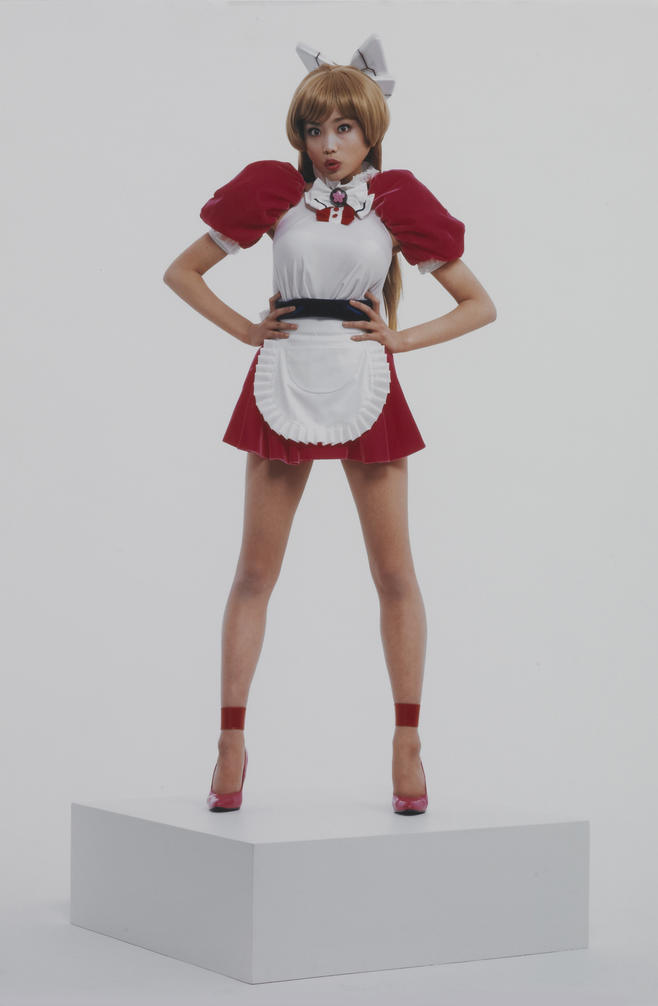artist profile
Takashi Murakami
born
1962
lives and works
Tokyo, Japan
education
BFA, Tokyo National University of Fine Arts and Music, Japan, 1986
MFA, Tokyo National University of Fine Arts and Music, Japan, 1988
PhD, Tokyo National University of Fine Arts and Music, Japan, 1993
about the artist
Takashi Murakami is one of the most famous contemporary artists living today. His sphere of influence has reached beyond the confines of fine art and into the realms of consumerism and marketing. Purporting the theory of Superflat, where a linear progression from traditional Japanese nihonga to the modern-day manga is drawn, Murakami makes works that are teeming with kawaii—cute, darling, adorable—elements while vested in compositions culled from Japanese art history. A prolific theorist and an active curator, Murakami has published many books describing the intricate processes of art-making in his Kaikai Kiki Factory; expressed his creative response to the rampant otaku (the burgeoning group of extreme anime/manga fans who feed their obsession at the expense or in deliberate avoidance of a normal social life) subcultural phenomenon in his native country; and spearheaded many pivotal exhibitions and art fairs all over the world. Of these, Superflat, which traveled within the United States between 2000 and 2001, and Little Boy: The Arts of Japan’s Exploding Subculture, held at the Japan Society in New York in 2005, both accompanied with carefully written exhibition catalogues, were instrumental in presenting a face of contemporary Japanese art to the West. His sculptures and installations have memorably been installed in public spaces in New York, such as Rockefeller Plaza, Grand Central Station, and Central Park. The artist has held sprawling retrospectives at the Geffen Museum of Contemporary Art in Los Angeles, USA; the Brooklyn Museum of Art in New York, USA; the Museum of Modern Art in Frankfurt, Germany; the Guggenheim Museum in Bilbao, Spain; and the Palace at Versailles, France.

